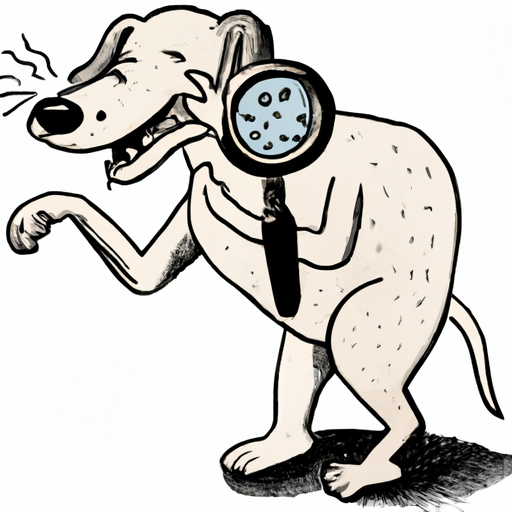Understanding Yeast Infections in Dogs
As a caregiver, it’s important for you to be aware of the health issues that can affect your furry friend. One such issue is a yeast infection in the ears. This is caused by an overgrowth of yeast, a type of fungus that is normally present in small quantities in your dog’s ears. When the environment in the ear changes due to factors like humidity, allergies, or hormonal changes, the yeast can multiply and lead to an infection.
Factors That Contribute to Yeast Infections in Dogs’ Ears
Several factors can contribute to the development of a yeast infection in your dog’s ears. Some common triggers include:
-
Excessive Moisture: Dogs that swim or get their ears wet frequently are prone to yeast infections. Yeast thrives in moist environments, making your dog’s wet ear a perfect breeding ground.
-
Allergies: Dogs with allergies often scratch their ears, creating tiny wounds where yeast can grow.
-
Hormonal Changes: Changes in your dog’s hormones can disrupt the natural balance of yeast in their ears.
-
Use of Antibiotics: Antibiotics can kill the beneficial bacteria that keep yeast in check, leading to an overgrowth.
Recognizing the Symptoms of Yeast Infections in Dogs’ Ears
As a caregiver, your dog’s well-being is your top priority. Recognizing the signs of a yeast infection can help you seek treatment promptly. Common symptoms include:
- Redness and inflammation in the ear
- A strong, musty odor
- Dark, waxy discharge
- Frequent shaking of the head or scratching at the ear
Treatment and Prevention of Yeast Infections in Dogs’ Ears
Treating a yeast infection in your dog’s ears usually involves antifungal medication. Your vet may also clean your dog’s ears or recommend a cleaning solution for you to use at home.
Prevention is key. To help prevent yeast infections:
- Keep your dog’s ears dry.
- Regularly check for signs of infection.
- Avoid overuse of antibiotics.
- Manage your dog’s allergies to reduce scratching.
FAQ Section
1. Can my dog’s diet contribute to yeast infections?
Yes, a diet high in sugar and carbohydrates can promote yeast growth.
2. Can I use over-the-counter antifungal creams on my dog’s ears?
It’s best to consult with your vet before applying any medication to your dog’s ears.
3. How long does it take for a yeast infection in a dog’s ear to clear up?
With proper treatment, symptoms should improve within a week. However, complete recovery might take several weeks.
4. Can a yeast infection in a dog’s ear spread to other parts of its body?
Yes, if left untreated, the infection can spread.
5. How can I clean my dog’s ears to prevent yeast infections?
Your vet can recommend a safe and effective ear cleaning solution for your dog.



